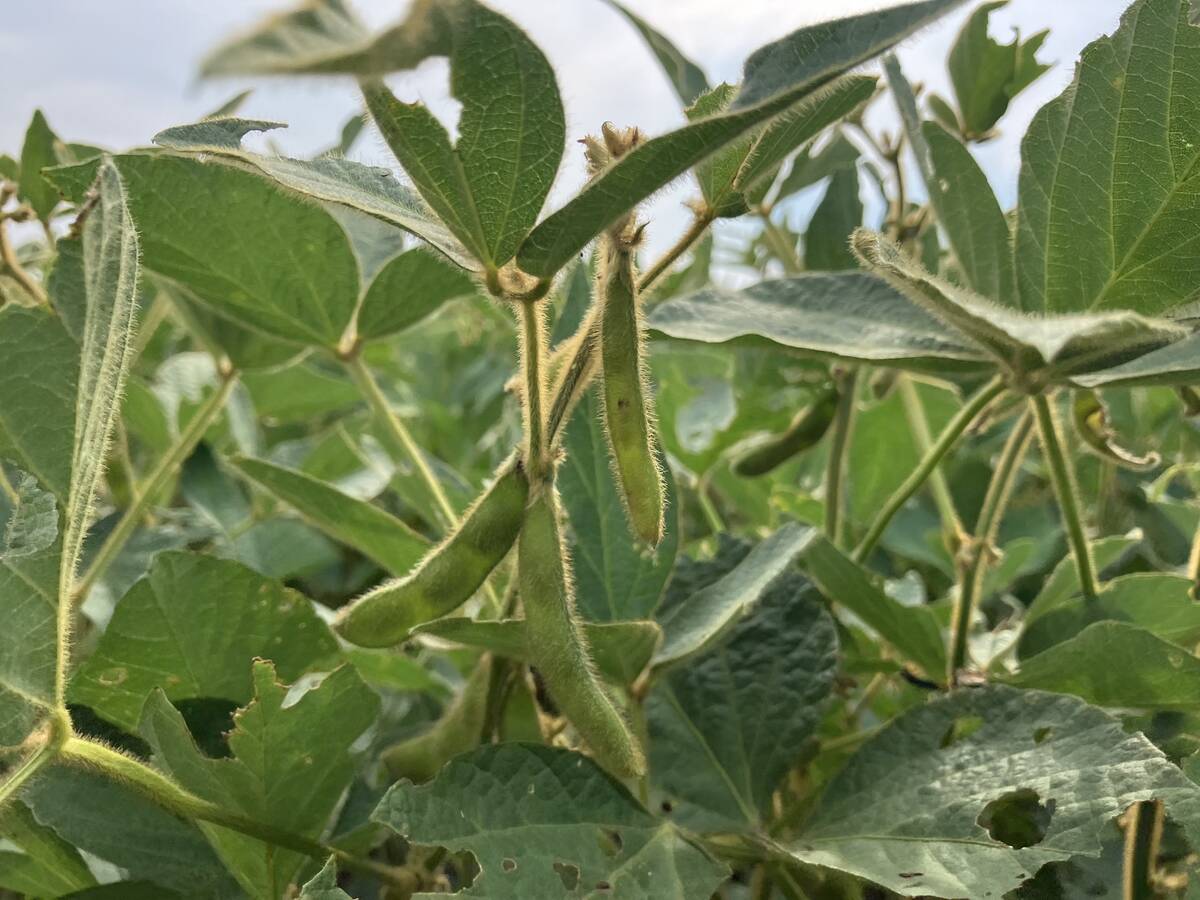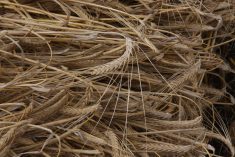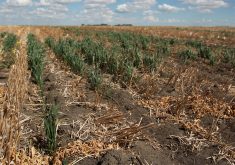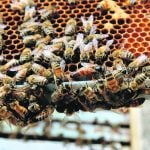New, tighter grading standards are causing researchers to reassess the economic threshold to spray for wheat midge.
Canadian Grain Commission tolerance standards now limit wheat midge damage in durum to two percent in No. 1, eight percent in No. 2, 15 percent in No. 3 and 40 percent in No. 4.
Standards for red and white CPS wheats are three percent in No. 1 and eight percent in No. 2.
Two recently completed studies address this CGC change.
“In areas where growing conditions are favorable to production of No. 1 grade, chemical control may be required to prevent grade reductions when midge populations reach one adult per eight to 10 wheat heads during heading,” said one Agriculture Canada study.
Read Also

U.S. loses out on sales of soybean to China
U.S. soybean exporters risk missing out on billions of dollars worth of sales to China this year as trade talks drag on and buyers in the top oilseed importer lock in cargoes from Brazil.
The recommended economic thres-hold before these studies was one adult midge for four to five wheat heads for all wheat crops, said Scott Hartley, insect control specialist with Saskatchewan Agriculture.
This threshold is appropriate when grade reductions are not a concern.
Bob Elliott, Larry Mann and Owen Olfert of Agriculture Canada’s Saskatoon Research Centre did the studies with support from the Canada-Saskatchewan Agri-Food Innovation Fund.
Their projects looked at the susceptibility of durum and CPS wheat varieties to damage by low and high populations of wheat midge.
Tests conducted in 1997 and 1998 included two durum varieties, two red-seeded CPS varieties and three white-seeded CPS wheat varieties. Plots were seeded in early May and in late May to determine the influence of planting date on time of heading, kernel damage, grain yield and seed grade.
Both high and low midge population projects found that damage was higher in early May plantings than in late May plantings.
Hartley said this confirms suspicions that early May planting is not always a reliable management practice to reduce midge damage in durum and CPS wheat varieties.
Details of the two projects by Elliott, Mann and Olfert may be found at res.agr.ca/sask/mainpage.html.
















